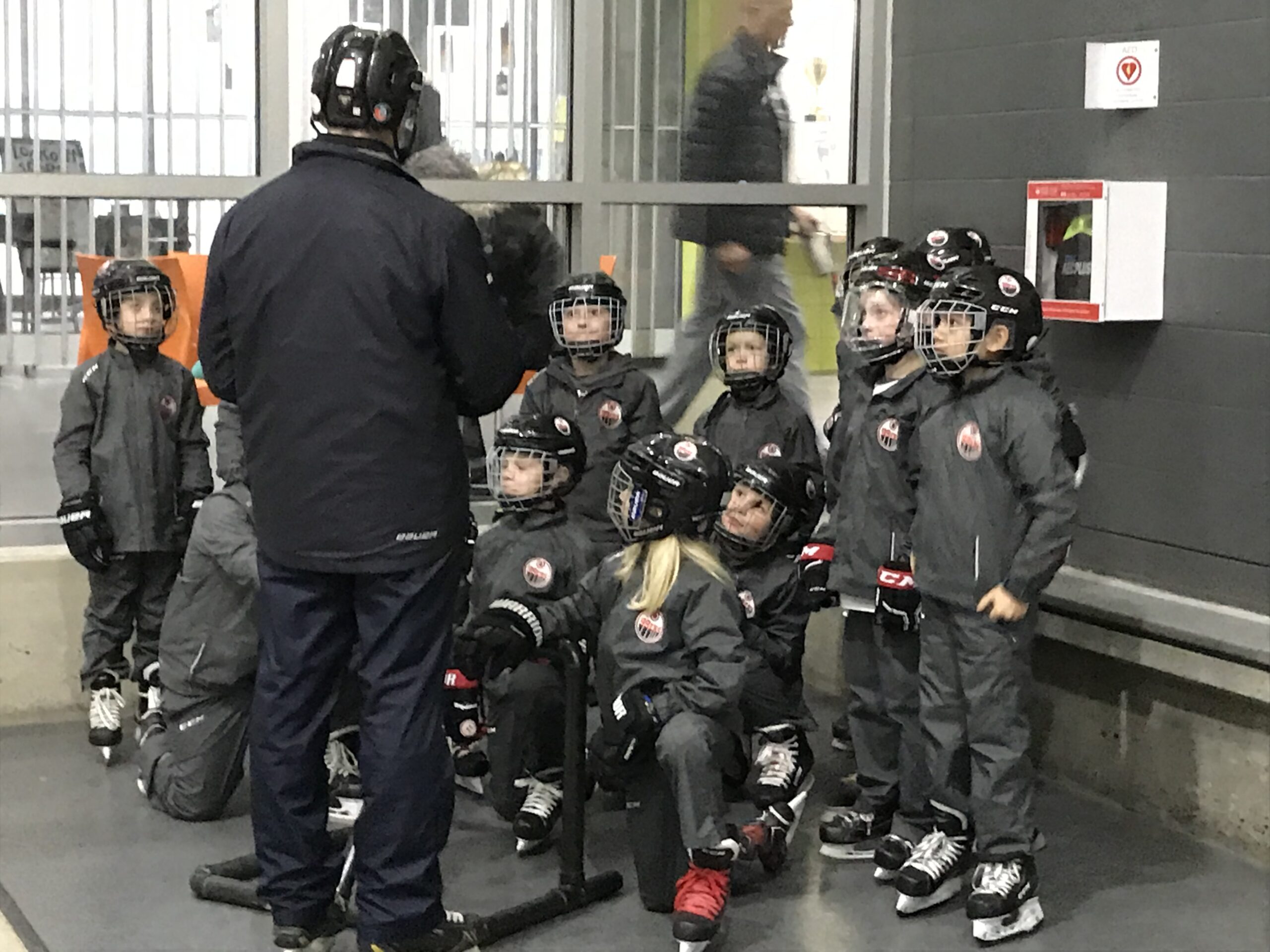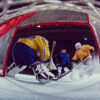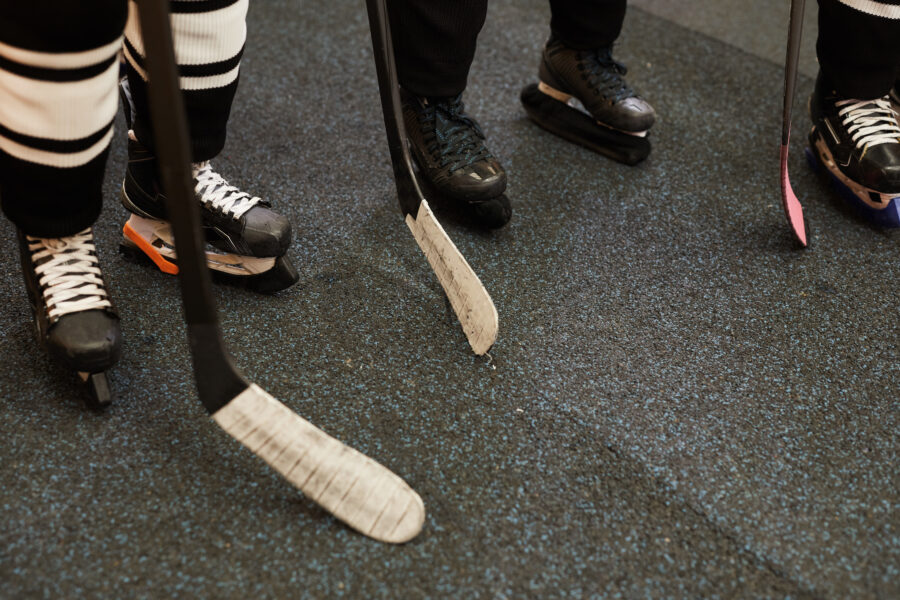Goaltending fundamentals are essential for any hockey goalie, serving as the building blocks for a strong and reliable performance in the net. Key aspects of goaltending fundamentals include:
- Positioning: Proper positioning is foundational. Goalies must maintain a balanced stance with their weight forward, ready to react quickly to shots. Being square to the shooter and centered in the net optimizes coverage.
- Angles: Understanding angles is crucial for effective goaltending. Goalies need to cut down the shooter’s angle, minimizing the amount of net visible to the opponent.
- Rebound Control: Goaltenders work on directing shots away from dangerous areas, preventing rebounds that could lead to scoring opportunities. Proper pad and glove positioning aid in rebound control.
- Butterfly Technique: The butterfly technique involves dropping to the knees and bringing the pads together to cover the lower part of the net. This technique provides quick coverage and is fundamental for stopping shots at close range.
- Glove and Blocker Saves: Mastering the use of the glove and blocker is critical for stopping shots. Goaltenders practice proper hand positioning and quick reactions to make saves with these key pieces of equipment.
- Stickhandling: Goaltenders need to be adept at handling the puck, whether it’s stopping a shot with the stick, directing rebounds, or making accurate passes to teammates.
- Puck Tracking: Tracking the puck through traffic is a vital skill. Goaltenders focus on keeping their eyes on the puck, predicting its trajectory, and adjusting their positioning accordingly.
- Quick Recovery: After making a save, goaltenders must quickly recover to be prepared for potential rebounds or follow-up shots. Efficient recovery movements are essential for maintaining readiness.
- Communication: Goaltenders serve as on-ice leaders, directing teammates and providing valuable information about the game situation. Effective communication is a fundamental aspect of their role.
- Breakaways and Shootouts: Goaltenders practice one-on-one situations, developing strategies for handling breakaways and shootouts, where they face opponents in isolation.
- Crease Management: Understanding how to effectively control and manage the goaltender’s crease is crucial. Goaltenders learn when to challenge shooters and when to remain in a more conservative position.
- Mental Toughness: Goaltending requires strong mental resilience. Goaltenders practice staying focused, maintaining confidence, and rebounding from goals allowed.
By mastering these goaltending fundamentals, goalies can establish a solid foundation for success on the ice. Consistent practice, coaching, and a commitment to continuous improvement contribute to the development of a skilled and reliable goaltender.






